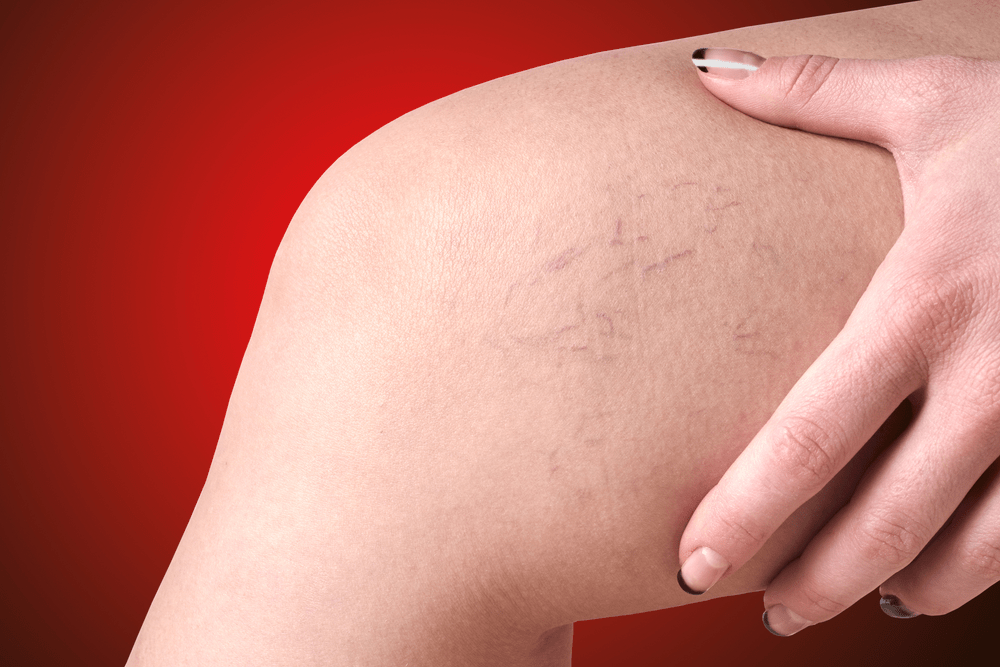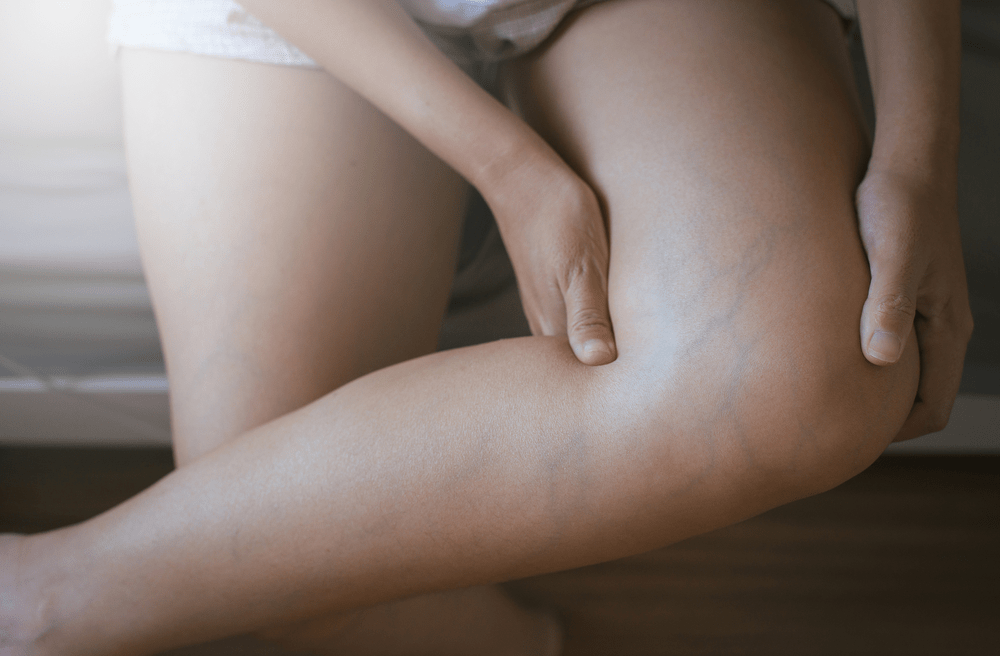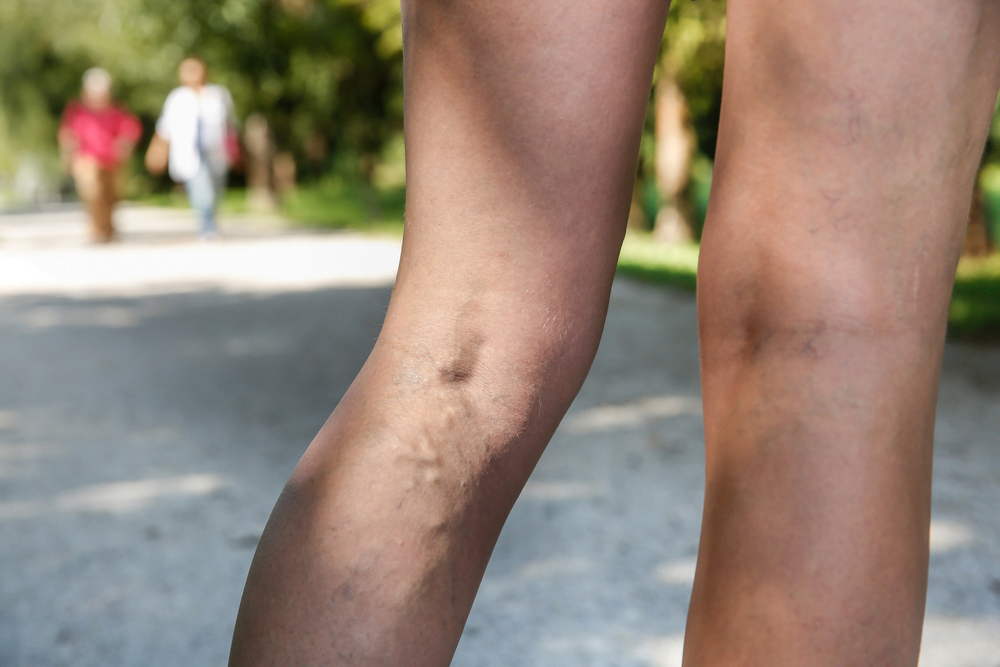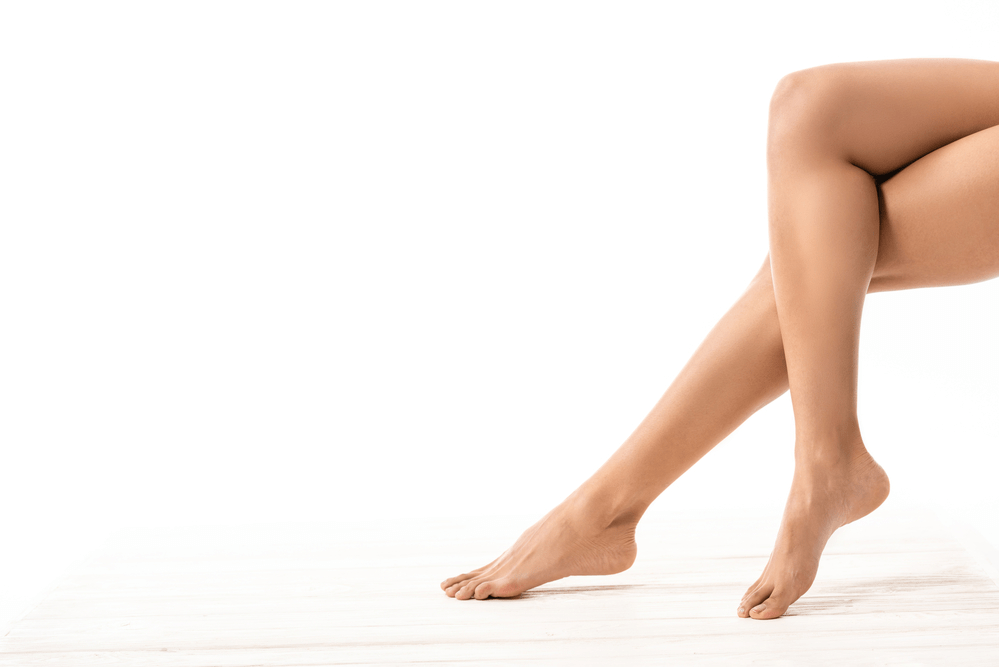
What Happens During a Microphlebectomy?
The team at Zenith Vascular & Fibroid Center in Memphis, TN is dedicated to providing you with the best quality care and treatments. We are known for offering top-quality solutions for clients who are plagued by the appearance of varicose veins. One of our most popular varicose vein treatment options is microphlebectomy. Read on to find out what to expect from this highly effective treatment option.
What Is Microphlebectomy?
Microphlebectomy is a mini-surgical outpatient treatment developed by a Swiss dermatologist to remove varicose veins without creating large, unseemly scarring. The treatment is performed most commonly on the legs and involves making a tiny incision to the affected area through which medium to large varicose veins can be removed. This treatment is also effective for other body parts that may be affected by varicose veins, such as the abdomen, chest, hands, and arms.
How Does it Work?
The treatment is performed by making incisions in the skin that are less than 1/4″ in length. The length of the vein will determine the exact size of the incision, but incisions are most commonly 1 to 3 mm in length. The major benefit of this treatment is that it was designed to eliminate the eye-catching scars usually associated with varicose vein removal. The incision marks will fade after the first few weeks following treatment, and your legs will soon be visibly varicose vein-free.
What Happens When the Veins are Removed?
Some clients are concerned about the removal of varicose veins, as they falsely believe that the body needs every existing vein. However, the removal of the damaged veins will actually improve circulation in the body, as the flow of blood to the heart is no longer impeded by the varicose veins. After the damaged veins are removed, the bloodstream can be easily rerouted to healthy veins deep within the legs.
Does This Treatment Require Hospitalization?
This outpatient “mini surgical” treatment is performed in the comfort of our Memphis, TN office. No hospitalization is required. As soon as the treatment has been completed, you’ll be free to return home once you’ve been walked through the necessary after-care information.
How Long Is the Treatment?
Treatment typically takes about an hour, depending on the location, size, and amount of varicose veins to be removed. In order to ensure your treatment is as quick and effective as possible, an ultrasound may be performed of the area. This will give us a clear idea of how many veins need to be treated, and what size the veins are. The ultrasound will also show us the health of deeper veins, so we can determine that they are not the cause of the veins needing to be removed.
Who Is This Treatment For?
Anyone who is suffering from the discomfort of varicose veins, or is simply displeased with the appearance of the veins, can benefit from this treatment. This treatment is highly effective for superficial varicose veins – that means those that are close to the surface. Additionally, bulging and twisted veins can be targeted by this treatment. An ideal candidate is in good overall health and has realistic expectations for the treatment process and outcomes.
If you’re not sure if that sounds like you, don’t worry. That’s what a consultation is for. At our initial consultation, we’ll be able to assess your affected areas, give you a fuller understanding of what to expect from the treatment, and help you determine whether phlebectomy is the right treatment for you.
How To Prepare for Treatment
In addition to the aforementioned ultrasound, in order to get an accurate assessment of your vein health, a duplex scan may also be required. This is part of the preparatory physical examination and allows us to verify the location of the damaged veins. With the duplex scan, we can also see the blood flow of the affected areas and rule out thromboses in the veins. We will need to ask you about any prescription and over-the-counter medications you have taken recently or are currently taking, as some types of medications and supplements can cause blood to thin or prevent clotting.
In the event you are taking any medications that could impede the efficacy of or impose a risk to the safety of this treatment, cessation of these medications will be required.
What Are the Benefits?
Fast Recovery Times
This treatment is also known as ambulatory phlebectomy, as the minimally invasive nature of this treatment means you can immediately continue with your daily routine after the treatment is finished. There are no long recovery times; you’ll be able to walk immediately and you’ll soon be able to enjoy your legs’ new vein-free appearance.
Fast, Long-Lasting Results
One of the benefits of this treatment is that the pain relief offered by microphlebectomy is immediate. Paired with the lack of extensive recovery time, this treatment is ideal for those wanting fast, effective results. After your appointment, you’ll be able to walk and go about your day right away. You may need an hour or less of reduced activity following the treatment, but you’ll otherwise feel immediate relief from the removal of the veins. This treatment should not result in any swelling, numbness, irritation, inflammation, or other discomfort.
Thankfully, the results of this treatment are permanent. If, however, the root cause of your varicose veins remains untreated, follow-up treatments may be required. This is because ambulatory phlebectomy treats superficial varicose veins, but other veins may become twisted or bulging if the underlying condition is not addressed.
Insurance Coverage
Varicose veins are a serious threat to your health, so this treatment is covered by most health insurance providers. AETNA, Blue Cross Blue Shield of Tennessee, Cigna, Medicare, and United Healthcare are all proud partners of Zenith Vascular & Fibroid Center. That being said, we cannot guarantee coverage, as it can vary depending on your plan and provider. It is possible that the entire treatment, including localized anesthesia, can be covered by your provider. It’s important that you talk to your insurance provider about your interest in receiving ambulatory phlebectomy in order to understand your coverage.
Other Treatment Options
In addition to ambulatory phlebectomy, our team also offers several other varicose vein treatment options. VenaSeal therapy is another popular treatment method we offer. This is a ground-breaking method of endovenous ablation that uses medical adhesive to seal off affected veins, rather than heat or radiofrequency energy. You may also be interested in endovenous laser treatment (ELT), which is an ultrasound-guided treatment using infrared laser light to treat the affected veins.
What Are Varicose Veins?
In healthy blood veins, the blood flows via one-way valves towards the heart. Varicose veins are formed when these valves become weak or damaged, resulting in pooling blood in the veins. This causes an increase in venous blood pressure, causing the bulging appearance of the veins. Risk factors for developing varicose veins include obesity, pregnancy, excessive alcohol consumption, nicotine consumption, and inactivity due to a sedentary lifestyle.
Why Remove Varicose Veins?
Aside from being aesthetically displeasing, varicose veins can pose a serious risk to your health. Varicose veins can cause a painful condition known as superficial phlebitis; this happens when blood that has pooled in the veins forms a clot. This is not generally dangerous, however, if a blood cut forms outside of the veins, the clot can separate and travel through your circulatory system.
If this clot becomes lodged in a lung, it can be potentially fatal. This is known as a pulmonary embolism. While not all varicose veins result in this condition, the removal of the veins removes the risk of developing a pulmonary embolism.
How To Decrease Your Risk
Improving your general health is the best way to mitigate the risk of developing varicose veins. For example, maintaining a healthy weight and staying active can contribute to better overall health. In addition, lowering your consumption of nicotine, caffeine, alcohol, and sodium can greatly improve your blood pressure and thereby lower your risk of developing adverse health conditions. For reducing the risk of developing varicose veins during pregnancy, keeping your legs elevated and wearing prescription compression socks can help.
Improve Your Vein Health Today
When varicose veins appear on your legs, you may feel like your only option is to hide your legs away from the rest of the world, only longing to be like the others who can flaunt their legs in the sun. However, with microphlebectomy, vein-free legs are within your reach. Soon, you’ll be the one to walk in the sun. No more need for hiding. To get started on your varicose vein removal journey, visit Zenith Vascular & Fibroid Center in Memphis, TN to book your consultation today.




